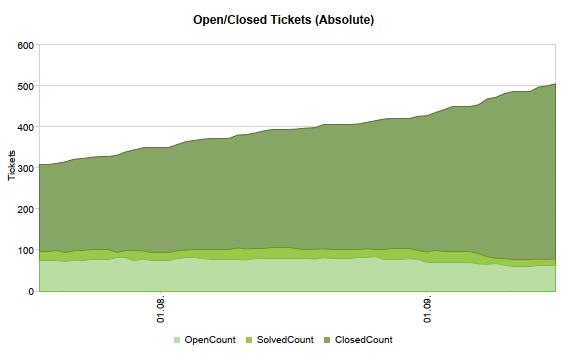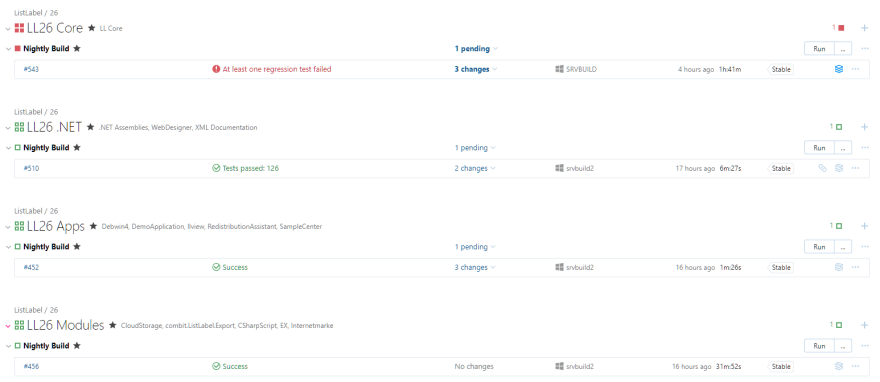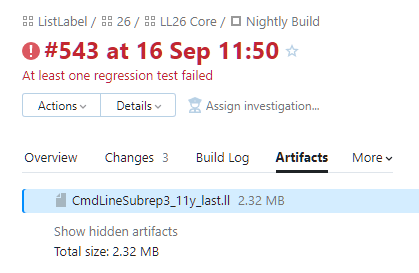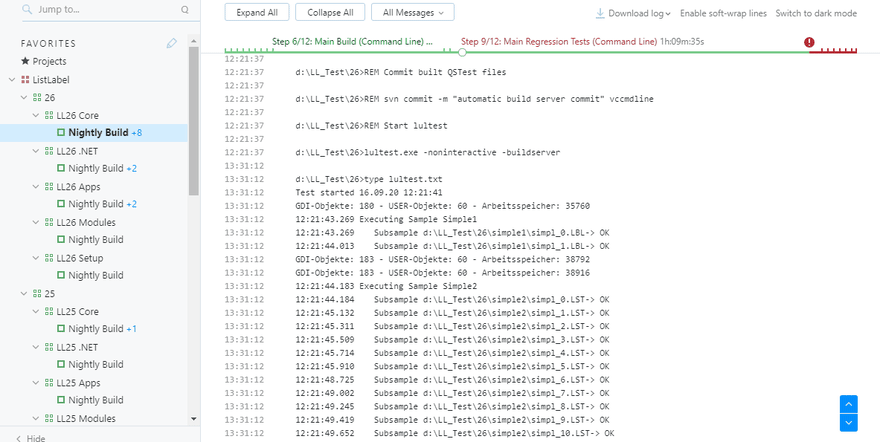RedmineReports
Reporting support for the popular Redmine ticketing system. Fully fledged report designer and comprehensive sample report included.
Latest version can be downloaded here: https://github.com/combit/RedmineReports/releases/latest
Compiling
In order to compile, you need to either use the trial version of combit report generator List & Label or a purchased full version. Download the trial here: https://www.combit.com/reporting-tool/trial/
You also need to download the connector for MySql from here: https://dev.mysql.com/downloads/connector/net/
To quickly get up and running, just download the precompiled binaries from the provided ZIP and add the MySql.Data.dll. The binaries are built against version 8.0.15. Download it here: https://dev.mysql.com/downloads/connector/net/
This package contains an application with full List & Label print/design support.
Designer Manual
You can get a comprehensive manual on the report designer here: https://www.combit.com/docs/designer-manual.pdf
There is also a German version of the manual available here: https://www.combit.net/docs/designer-handbuch.pdf







